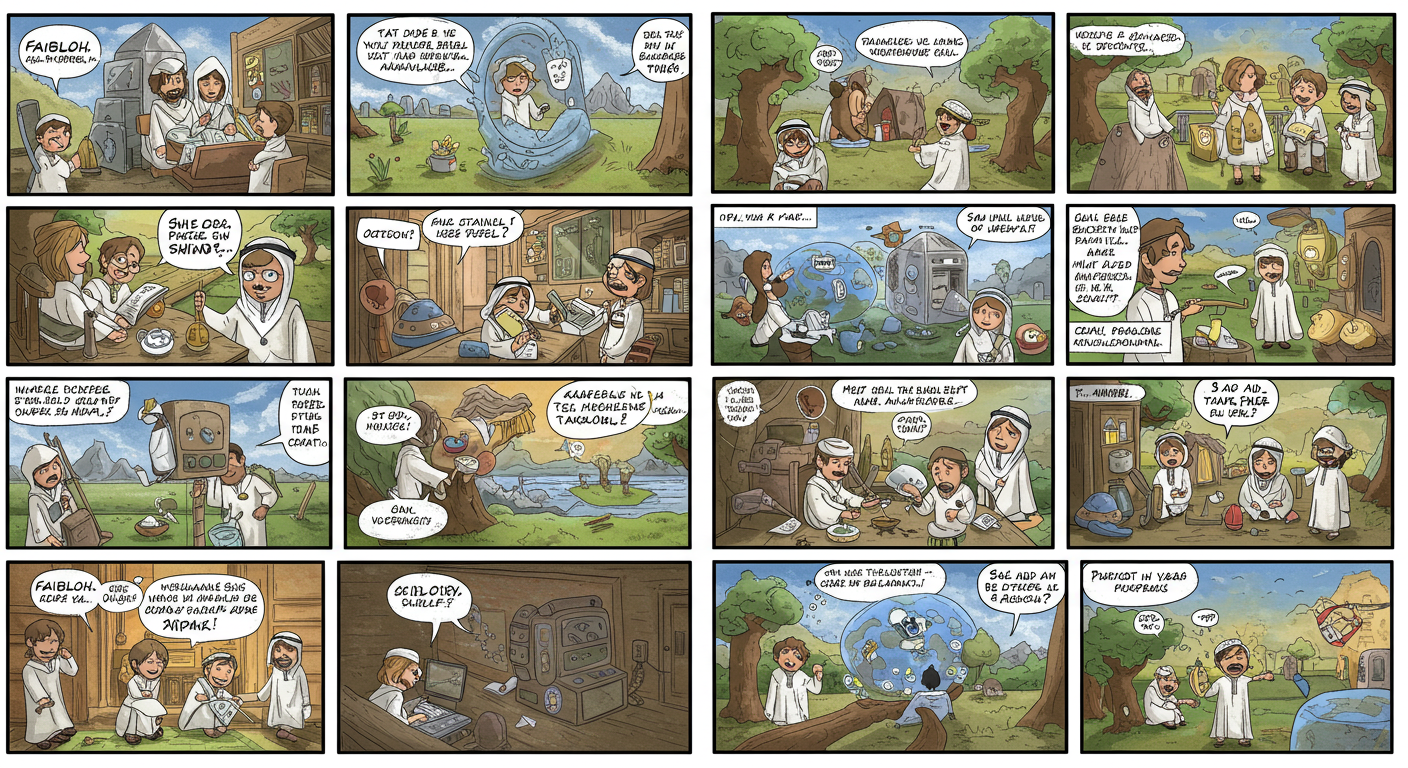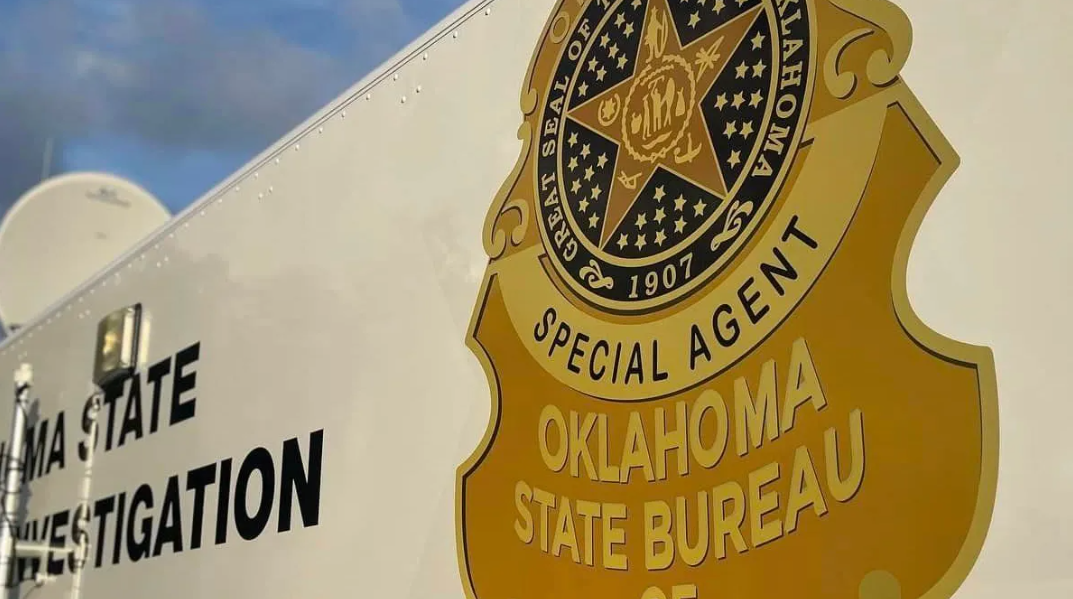Dale L. Hinz was a 30 year member of the Fort Worth Police Department and retired in 1999 at the rank of Sergeant. He started a career in law enforcement as a civilian dispatcher and during his career he worked patrol, as a member of the first SWAT Team, a robbery detective and was promoted to sergeant in 1987. Dale Hinz helped develop the first Officer Survival School and taught several different subjects to new recruits. Dale Hinz is the author of Panther’s Rest: History of the Fort Worth Police Department 1873-21st Century.
According to the book description of Panther’s Rest: History of the Fort Worth Police Department 1873-21st Century, “The history of the Fort Worth Police Department started in April 1873 and many factors brought about its existence at the confluence of the West Fork and Clear Fork of the Trinity River. The location along one of the major cattle trails, the Chisholm, brought about issues both political and financial in nature and had a definite affect on city fathers. This and other influences would be major factors in the development of the Fort Worth Police Department as it moved toward the 21st Century.”










